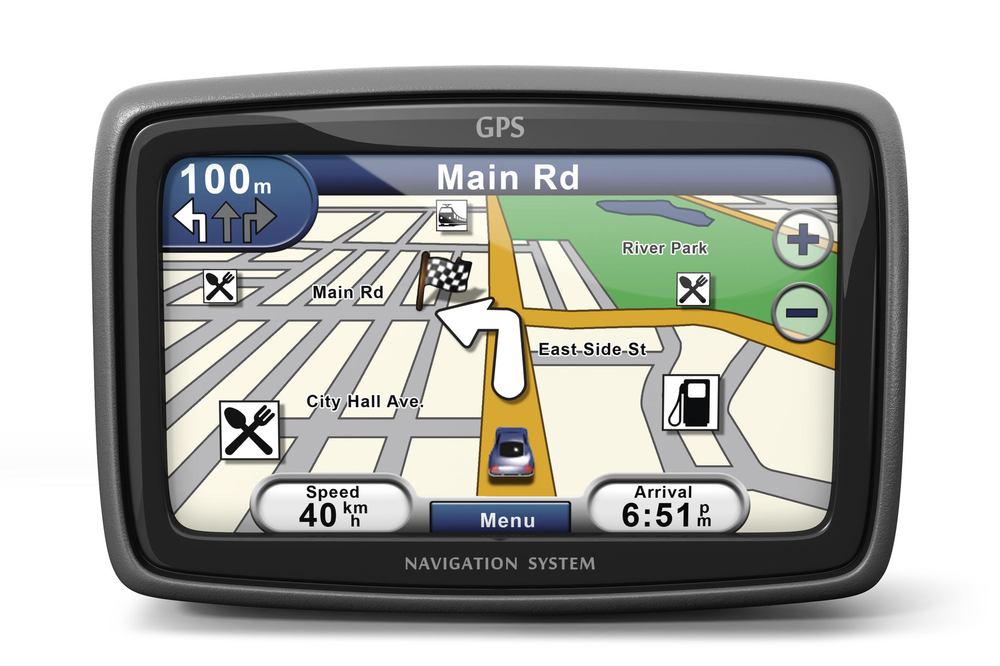Accounting
Hard Times for the GPS Market
These are not easy times for the commercial GPS marketplace. That may seem peculiar to those who have grown up with these devices.
Jun. 08, 2013

From the Bleeding Edge blog.
These are not easy times for the commercial GPS marketplace. That may seem peculiar to those who have grown up with these devices. In just a little over a decade GPS receivers have become standard equipment in telephones and automobiles, and GPS inventor Bradford Parkinson predicts that they will soon be used to navigate driverless cars.
Consumer Reports has released its latest list of the best GPS units.
Nonetheless, the market for these and other stand-alone GPS navigation devices is slowly eroding, due to three factors:
- GPS devices built into the dashes of automobiles, and even more so the GPS systems offered in smartphones is eliminating the need to buy a dedicated device. This leaves companies like TomTom, Magellan and even the mighty Garmin to go head-to-head with the likes of Google and cell-phone providers such as Verizon. Not a pretty place to be, in marketing terms.
- The mapping software is a problem. The street in this country alone change almost daily, and that requires regular updates, which in turn cost money. But the GPS companies are having to compete with national mapping web sites that are updated almost daily at a minimal charge, and offer these updates at no cost. In an effort to compete with “free,” the GPS companies have starting offering “free lifetime map” options, but this simply cuts a profit margin that is already razor-thin due to competition.
- The user interfaces are dreadful. So dreadful that if you are trying to plan a multi-stop trip you would be better off slamming your hand in a car door until the urge to use your GPS desktop software goes away, then simple log onto Google maps and plan your trip. Google doesn’t easily download your maps to your GPS units, but there are third-party companies that have started to produce translators. If there is not one for your GPS unit, wait a month or two.
What’s wrong with the desktop route planning software? Nearly everything. They are cludgy, complicated and don’t offer even the simple convenience features of Bing maps. It’s not easy to change the route from where the GPS wants to take you (say, to swing over to Aunt Gertie’s on the way out of town).
The software works like it was created by geeks who have never stepped outside the bubble world of GPS. Here’s an example: to plan a new route, click on File-New-Route. Oops. That one is greyed out, because the software is showing a different list (what list? Where?). Of course, you could just create a new track again, if you happen to know what the heck a track is (Oh, let me spare you the trouble. ”Recorded by your GPS device, the typical track is a record of your location every second, or every meter.”
How does one create a new track? Beats me.
But you get the point. The sad truth is that the GPS hardware manufacturers have managed to create really nice devices but have failed to understand that they have to be used by real people. If you believe that is easy, remember that some 12 percent of that same set of people believes in alien abductions.
There is not an easy way out of this dilemma for the Stand-Alone GPS manufacturers. Their best bet is to be acquired while the market still exists, or to learn to program primarily for Android, Apple, Microsoft and/or Blackberry. Or hope to be bought out by the cell phone providers.
